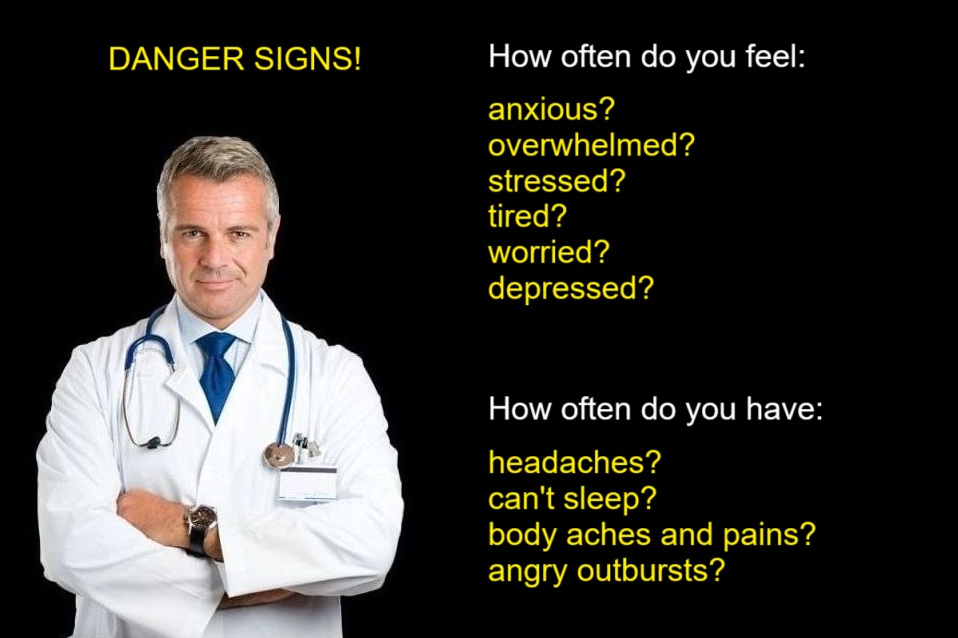In a groundbreaking study published on July 21, 2025, in the Proceedings of the National Academy of Sciences (PNAS), researchers from Kobe University in Japan have uncovered a fascinating insight into how our brains process thoughts about the future. The study, led by psychologist Kuniaki Yanagisawa, reveals that optimists share strikingly similar brain activity patterns when imagining future events, while pessimists display highly individualized neural responses. This discovery not only sheds light on the neurological underpinnings of optimism and pessimism but also offers a compelling explanation for why optimists often form stronger social bonds and thrive in group settings. The findings could have far-reaching implications for understanding human connection, mental health, and even societal dynamics in an increasingly polarized world.
A Neural Blueprint for Optimism
The Kobe University study utilized functional magnetic resonance imaging (fMRI) to examine brain activity in participants as they imagined various future scenarios, ranging from positive and neutral to negative and even death-related events. These scenarios were presented from both personal and partner perspectives to capture a broad spectrum of emotional and cognitive responses. The researchers focused on the medial prefrontal cortex (MPFC), a brain region known for its role in self-reflection and future-oriented thinking.
What they found was striking: optimists exhibited highly consistent patterns of brain activation in the MPFC when envisioning future events, particularly positive ones. In contrast, pessimists showed a wide variety of neural patterns, with each individual’s brain responding in a unique way. This phenomenon, dubbed the “Anna Karenina principle” after Tolstoy’s famous line, “All happy families are alike; each unhappy family is unhappy in its own way,” suggests that optimism may rely on a shared cognitive framework, while pessimism is marked by diversity and individuality.
Yanagisawa, the study’s lead author, explained, “The everyday feeling of ‘being on the same wavelength’ is not just a metaphor. The brains of optimists may, in a very physical sense, share a common concept of the future.” This shared neural architecture could explain why optimists tend to build larger social networks and report higher satisfaction in their relationships. According to a 2024 survey by the Pew Research Center, 68% of self-identified optimists reported having “very strong” social connections, compared to only 42% of pessimists. The Kobe study suggests that this may stem from optimists’ ability to mentally align with others when envisioning hopeful futures.
The Social Power of Positive Thinking
The study’s findings resonate with a growing body of research linking optimism to social success. For instance, a 2022 study published in Nature Neuroscience found that individuals with central roles in social networks—those who act as connectors or influencers—display similar brain activation patterns when responding to social stimuli. The Kobe researchers build on this, proposing that optimists’ shared neural patterns allow them to “think alike,” fostering trust and mutual understanding. This alignment may make it easier for optimists to empathize with others’ perspectives, strengthening group cohesion.
“Optimists seem to use a shared neural framework for organizing thoughts about the future, which likely reflects a similar style of mental processing rather than identical ideas,” Yanagisawa noted. This shared framework could be a key driver of why optimists are often perceived as more sociable. In a 2025 Gallup poll, 73% of respondents who scored high on optimism scales reported feeling “highly connected” to their communities, compared to just 51% of those with lower optimism scores.
The study also revealed that optimists process positive and negative future events differently. Using a statistical method called INDSCAL, the researchers found that optimists mentally separate positive and negative scenarios more distinctly than pessimists do. This suggests that optimists don’t simply reinterpret negative events in a positive light; rather, they process negative scenarios in a more abstract, psychologically distant manner, which may help them maintain emotional resilience. “This ability to distance themselves from negative possibilities could be a protective factor against anxiety and stress,” said Dr. Lisa Bortolotti, a philosopher of psychology at the University of Birmingham, who was not involved in the study.
Pessimism’s Unique Signature
In contrast, the diversity of neural patterns among pessimists paints a picture of individuality in how they approach the future. While optimists converge on a shared mental model, pessimists’ brain activity varies widely, reflecting a range of cognitive and emotional responses. This variability may contribute to the challenges pessimists face in forming social connections. A 2023 study in Social Psychology Quarterly found that individuals with pessimistic outlooks were 30% less likely to report feeling “understood” by their peers, potentially due to their unique ways of processing future possibilities.
The Kobe study’s findings align with earlier research on pessimism’s health impacts. A 2021 meta-analysis in ScienceDirect found that higher levels of pessimism were associated with a 15% increased risk of all-cause mortality, while optimism was linked to a 14% lower risk. Pessimists’ tendency to focus on worst-case scenarios may lead to higher stress levels, which can exacerbate conditions like depression and cardiovascular disease. The Kobe researchers suggest that the individualized neural patterns of pessimists could reflect maladaptive coping strategies, such as ruminating on negative outcomes or overemphasizing specific risks.
Cultural and Environmental Influences
One intriguing question raised by the study is whether these neural differences are innate or shaped by experience. Yanagisawa posits that cultural values may play a significant role. In societies that prioritize optimism and collective goals—such as Japan, where the study was conducted—optimists may align their thinking with socially accepted frameworks, reinforcing their shared neural patterns. Pessimists, on the other hand, may feel disconnected from these cultural norms, leading to more idiosyncratic thought processes.
This idea is supported by cross-cultural research. A 2024 study in Cultural Psychology found that in collectivist societies like Japan and South Korea, optimistic individuals were more likely to conform to societal expectations of hopefulness, while pessimists exhibited greater divergence in their attitudes. In contrast, in individualistic cultures like the United States, both optimists and pessimists showed more varied responses, suggesting that cultural context shapes how these traits manifest.
The Kobe study also raises questions about the role of social media in amplifying or mitigating these differences. Posts on X from July 22, 2025, highlighted the study’s findings, with users like @SwagPizza and @ReadMoLearnMore noting its implications for understanding personality differences. However, some X users, such as @talker_news, speculated that the internet’s tendency to amplify negative voices could exaggerate pessimistic tendencies, particularly among those with narcissistic traits. While these posts reflect public interest, they underscore the need for further research into how digital environments influence optimism and pessimism.
Implications for Mental Health and Society
The Kobe University study opens new avenues for exploring how optimism and pessimism shape not only individual well-being but also societal dynamics. In an era marked by polarization—evidenced by a 2025 report from the Center for American Progress showing that 62% of Americans feel more divided than a decade ago—the shared neural patterns of optimists could offer a blueprint for fostering unity. Interventions that promote optimistic thinking, such as cognitive-behavioral therapy (CBT) or mindfulness practices, may help individuals align their mental models with more positive, collective frameworks.
Moreover, the study’s findings could inform workplace strategies. A 2025 LinkedIn report found that teams with higher optimism scores were 25% more likely to report strong collaboration and productivity. By understanding the neural basis of optimism, employers could design training programs to cultivate shared positive outlooks, potentially boosting team cohesion.
For pessimists, the study highlights the need for tailored mental health support. Given their diverse neural patterns, one-size-fits-all approaches may be less effective. Personalized therapies that address individual thought patterns could help pessimists manage stress and build stronger social connections.
Looking Ahead
Yanagisawa and his team hope to explore whether these shared neural patterns in optimists are innate or developed through experience. “Elucidating the process by which this shared reality emerges is a step toward a society where people can communicate better,” he said. Future studies could also investigate how interventions like gratitude journaling or positive visualization impact neural alignment.
As the world grapples with challenges like climate change, political unrest, and mental health crises, understanding the neural underpinnings of optimism and pessimism could not be more timely. The Kobe University study suggests that while pessimists may march to the beat of their own drum, optimists are united by a shared vision of hope—one that could inspire stronger connections and a more cohesive society.












